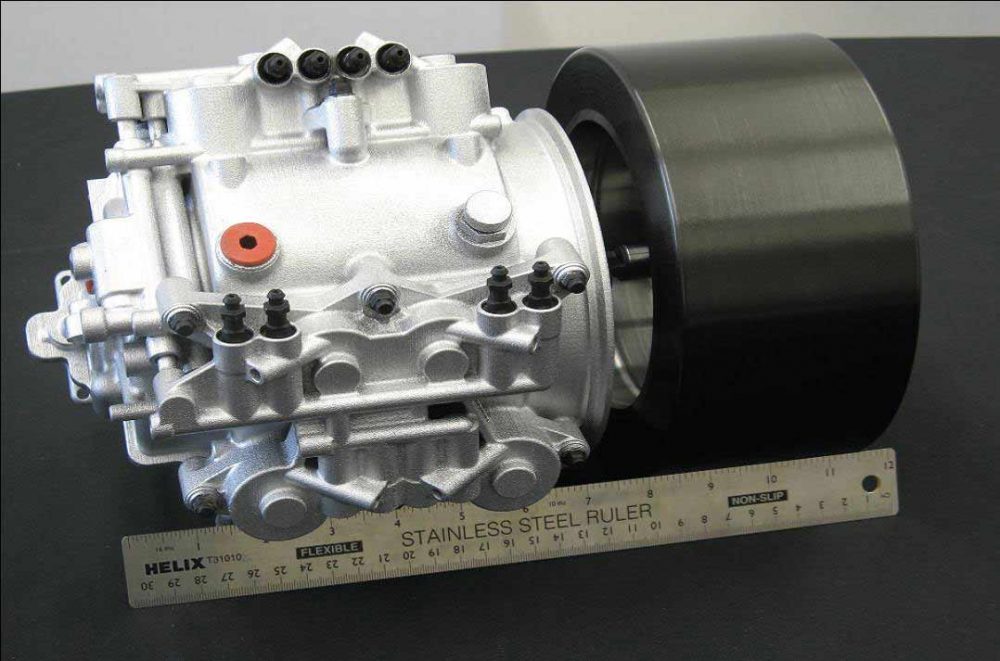Flywheel Batteries to replace Chemical Ones

A flywheel battery is a system that stores electricity in the form of kinetic energy, in a mechanism that has a wheel that spins at tens of thousands of RPM. The batteries are made of carbon fiber and levitated in a vacuum using magnetic bearings. Carbon fibre is perfect for this application as it’s very strong and lightweight; it doesn’t take a lot of energy to keep it spinning.
Flywheels are better than batteries in many applications. They can absorb and release power very very quickly, they don’t need much in the way of maintenance, and, most importantly, the amount of storage that they provide doesn’t degrade over time like chemical batteries do. They tend to be bulky, and the gyroscopic effect of a big spinning thingy means that they can be tricky to integrate into anything that moves, but for stationary power storage applications, flywheels could be the way to go for the future.
It’s pretty easy to understand the basic method of operation of a flywheel. It’s really just a big wheel hooked up to a generator, and you can either put electricity into the generator to speed up the wheel and store energy, or you can suck electricity out of the generator by slowing the wheel down, just like the regenerative braking system in a hybrid car. The system isn’t perfect, and it does cost you something to keep the wheel spinning, but thanks to magnetic levitation and a sealed vacuum, modern flywheel batteries can be up to 97% efficient.
























